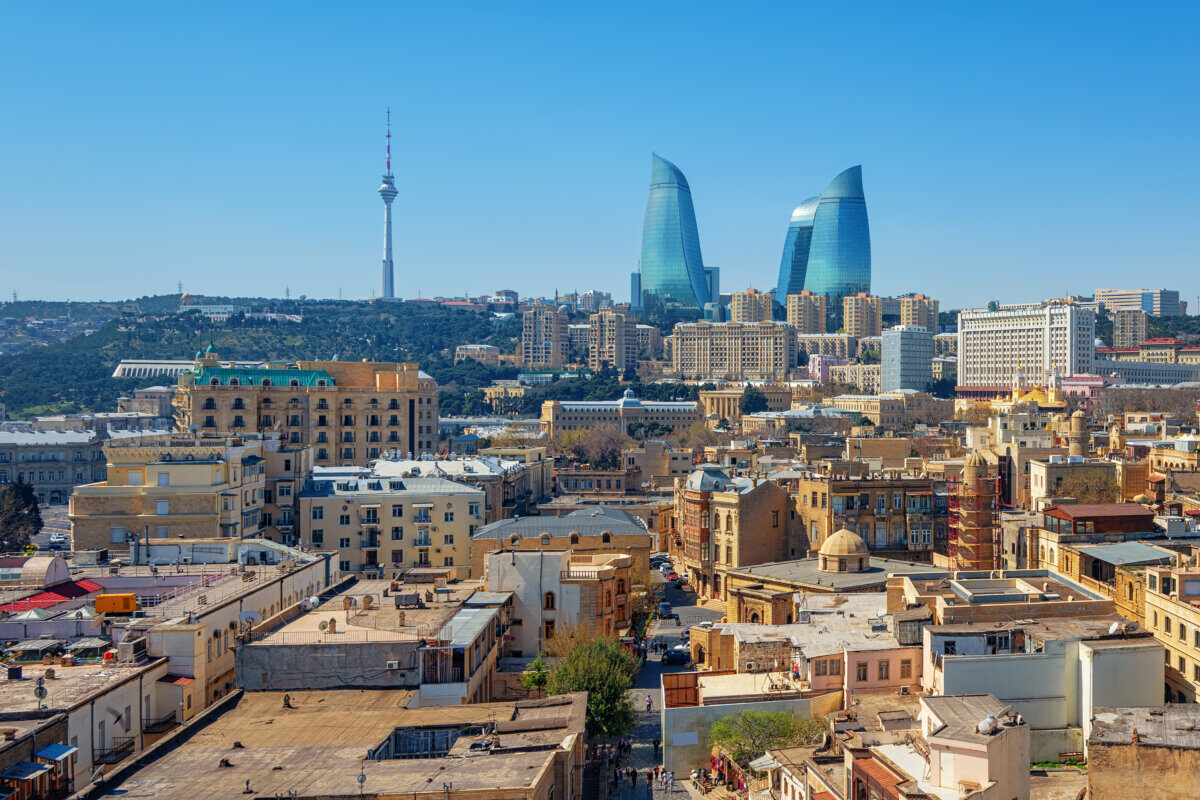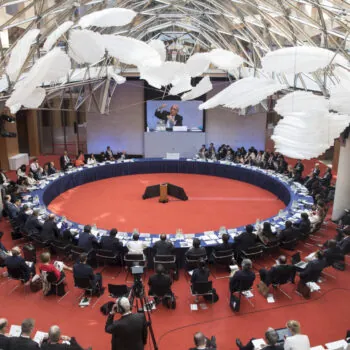This week, a small group of climate ministers from around the world will meet in Denmark for the 2024 Copenhagen Climate Ministerial. It is the first climate meeting since Dubai hosted COP28 last December.
In Dubai, governments reached historic agreements to accelerate their climate action. They took decisions to establish the Loss and Damage Fund, a new global framework for action on adaptation, and most iconically, to ‘transition away from fossil fuels’. Critically, they committed to developing their next generation climate transition plans – due to be published in ‘NDCs’ well ahead of next year’s climate COP – that will globally add up to an emissions pathway that keeps global warming to 1.5 degrees Celsius.
These outcomes have laid the foundations for the next two years of climate diplomacy. Sights are set on COP30 in Belem, Brazil, in November 2025: the largest climate gathering since the Paris Agreement.
COP30 is already much hyped for several reasons. As the tenth anniversary of Paris, it is a moment of truth for whether a decade of global efforts to limit climate change are paying off. According to the IPCC, global emissions must peak by 2025 at the latest to stand a reasonable chance of limiting warming below the 1.5 degrees guardrail.
The next generation climate transition plans (the NDCs) are the big test for the Belem COP. These commitments will set targets to cut emissions by 2035 and adapt to rapidly warming temperatures.
UN climate chief Simon Stiell has called these “the most important climate documents produced so far this century”. That’s because they will reflect fundamental decisions taken by governments about whether their economies will transition to clean and resilient futures that benefit the prosperity and safety of their populations; or remain overexposed to climate risks and locked into low-growth fossil-driven development pathways.
In short, the next two years until COP30 are the most consequential of the ‘critical decade’ for climate safety. With faith in the Paris Agreement on the line, what happens between now and Belem is vital for keeping multilateralism alive in a context of geopolitical turmoil and division.
While COP30 will be the major adjudication moment, COP29 taking place in Baku, Azerbaijan this November needs urgent political attention. COP29 is much more than just a small stepping stone to 2025. The decisions that COP29 needs to take– and the decisions presented on the stage in Baku from wider global processes like the G20’s Taskforce Clima – hold great significance for climate action.
COP29: 3 Key Tasks
One that builds confidence that the money can be mobilised to deliver more ambitious climate plans. The current goal for developed countries to mobilise $100bn a year in climate finance for developing countries expires in 2025. Its history is marred with under-delivery and confusion about what it meant and what finance contributed towards meeting it.
The post-2025 ‘new collective quantified goal’ (NCQG) is a chance to rectify these past mistakes – but also go much further and launch a new era of climate finance. Developing countries outside China will need around $2.4 trillion per year in climate investment by 2030. A good outcome will offer a comprehensive answer to this challenge, raising the essential core role of public finance. This can build confidence that finance will flow to drive fossil-free, climate-resilient development models, giving countries the conviction that sufficient finance will be available to commit to scaled-up climate ambition in their next NDCs.
COP29 marks the beginning of the official deadline for countries to submit these new NDCs. Diplomacy in the run-up to Baku needs to see first-movers come forward to set the bar of ambition. At COP28, countries agreed this means updating 2030 targets and setting new 2035 targets that cover all parts of their economy, aligned with 1.5 degrees. Meanwhile, diplomats must work together to build credible deals of international support that can tilt policy-makers in favour of writing ambitious climate plans. Unlocking finance and collaboration is critical to enabling developing countries to change their climate trajectories.
The loss and damage fund now needs to be made a reality at the World Bank, satisfying all the conditions that COP28 agreed for it to be fit for purpose. As adaptation finance still lags, this year must see tangible progress towards meeting the commitment to double it by 2025.
The spotlight on fossil fuels from COP28 has not gone away. Azerbaijan plans to increase its fossil production by a third over the next decade. This should be a reminder that the international community has not yet cracked how to support countries to play their role in the transition away from fossil fuels and make their share of effort to tripling global renewable energy capacity and doubling the rate of energy efficiency improvements by 2030.
COP29 takes place in a year defined by uncertainty. The geopolitical landscape feels increasingly more fragmented, scarred by tensions over the crisis in Gaza, the ongoing Ukraine war, and a bleak economic outlook especially for scores of countries on the edge of debt default. This context is straining global cooperation.
By delivering on these three tasks, COP29 could be a launchpad for stronger multilateral climate collaboration at a time when it is most necessary. In a ‘super-election’ year that could see right-ward shifts in democracies go together with strengthened autocracies across the globe, ambitious agreements in Azerbaijan can be an anchor to stabilise the course of international climate action for turbulent years ahead. These stakes should be front of mind for ministers when they meet in Copenhagen.


